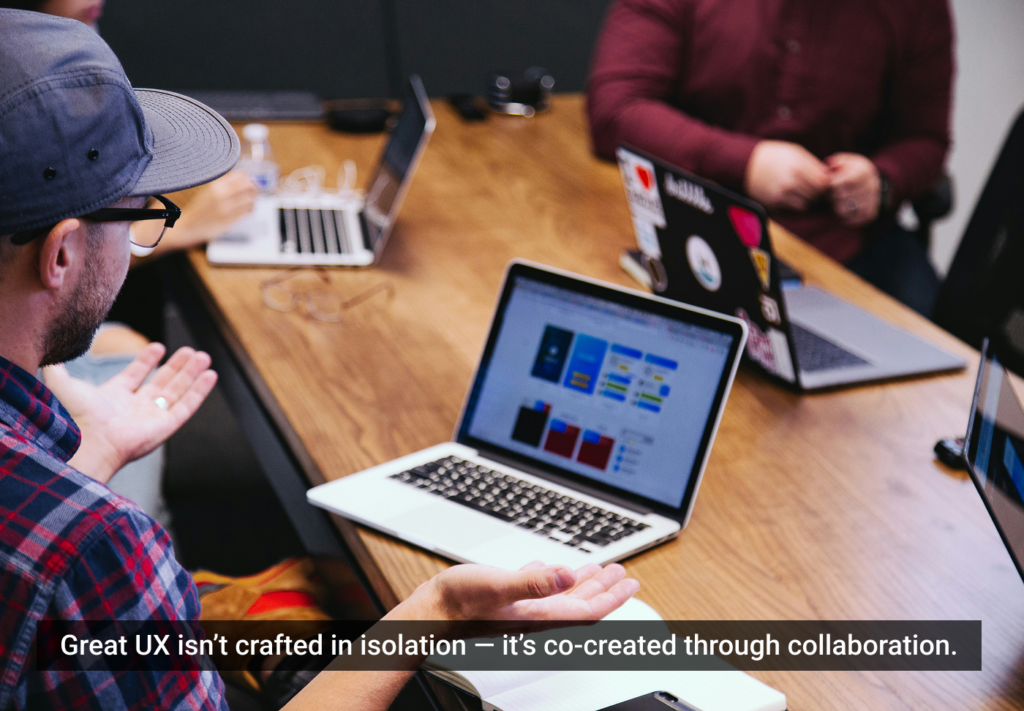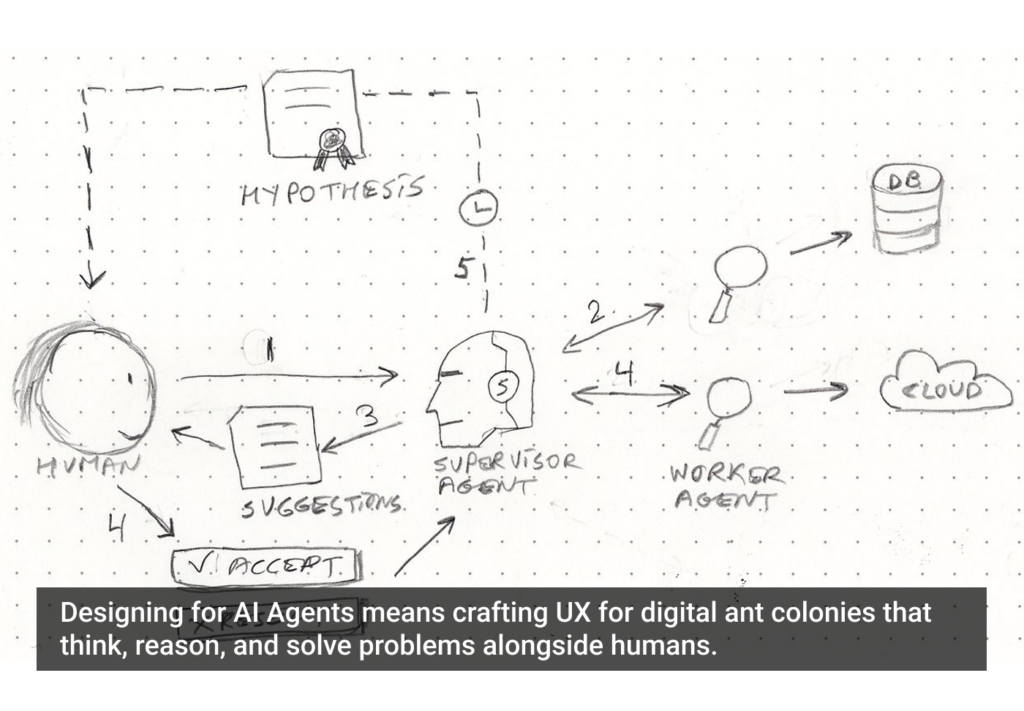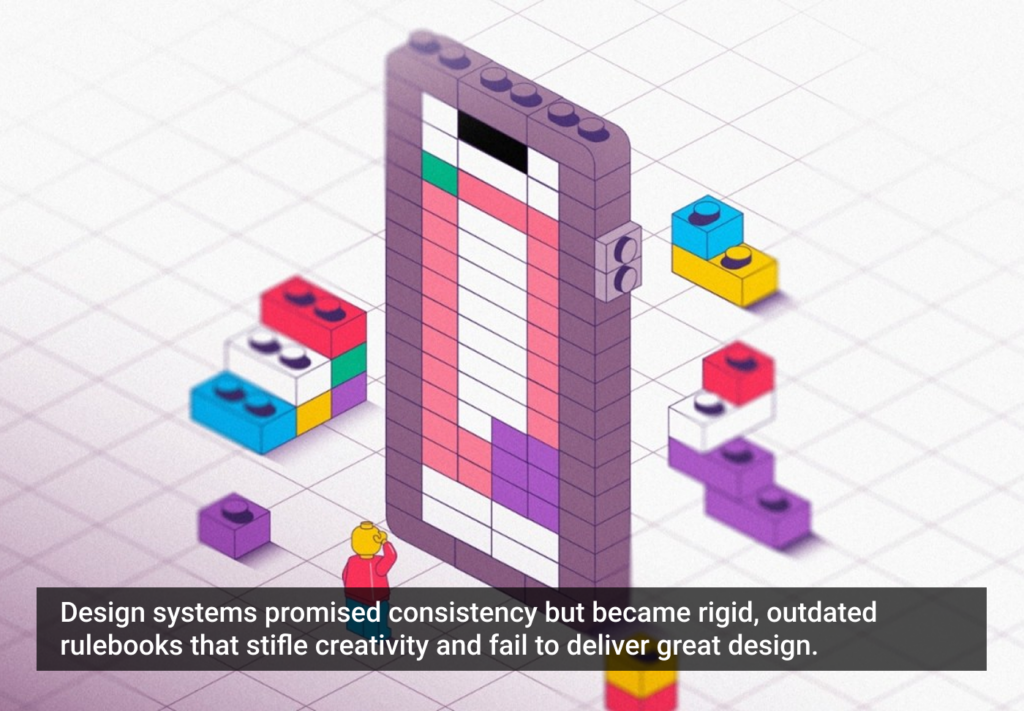A deep passion for technology, accompanied by a complete ineptitude at programming, brought Marianne Sweeny to search engine optimization while studying Information Science at the University of Washington. She considers herself a Search Information Architect with a focus on human factors as well as system functionality.
Sweeny joined Portent Inc as SR Search Strategist in 2012 where she focuses on the user experience factors of SEO for client sites. Previously, as Director of Search Services at Ascentium, she designed a search practice that brought a strategic approach to search optimization. In 2004, she co-founded Microsoft Information Architects, a 300 member, company-wide, cross-discipline community that continues to evangelize the best practices of IA within Microsoft.
On a recent Friday night in Hollywood, a crowd of diehard user experience professionals gathered at WeWork to hear Sweeny give her insightful presentation “Smashing Silos,” which illuminated how search, content strategy, information architecture, UX, and interaction design can break down silos.
I caught up with Sweeny after the presentation to ask her a few questions about her design process on behalf of Media Contour. Following her T-shaped presentation, which was as wide and deep as they come, Sweeny responsed to my questions in her uniquely comprehensive style.
What are some of your favorite digital products?
The digital product that I use the most with the least amount of complaint is my iPad 2. I have an ancient Samsung netbook that is still going strong and very useful for working on planes with the airlines ever decreasing amount of personal space between seats. Any form of GPS gets my vote as I am cursed with no sense of direction. What makes them great? The iPad adapts to the user. I use it as an entertainment device to store books, books, and more books along with podcasts, notation programs, drawing programs. The netbook I call my Little Biscuit. It is the perfect size, fully functional computing device for travel and client visits and sturdy enough to take a great lot of abuse from getting in and out of the backpack. GPS is a necessary evil for those of us who cannot navigate our neighborhoods let alone foreign locale. I recently discovered that they can be a bit passive aggressive, having gotten in a fight with mine that saw me directed the very long, long way to my destination.
What new technologies have you played with lately?
I am gratified to work at Portent Inc where founder Ian Lurie and SEO Developer Matthew Henry have developed a suite of tools that inspire my curiosity while making my job so much easier. Ian has just released Raingage a diagnostic tool that takes a tactical as well as semantic look at the submitted website. I am also getting reacquainted with Azure; it may not be a new technology but I’ll list it anyway. I am a bit of a Luddite and use Visio for my wireframes as I want them to be as sparse as possible in representing layout and structure. I very much appreciate the user enhancements Azure has adopted since I first banged my head on the keyword over it in 2008.
What’s your ideal process for a project?
I am a big fan of Soft System Methodology (SSM), introduced by software engineer Peter Checkland in the ‘60s when he discovered that [his company was] designing software that was not useful to the intended audience. You will find more detail on the application of Soft System Methodology to Web and product design projects (UX Connects Webinar). The more we know about our project colleagues and the landscape along with the users, the better the process and the product—whether it’s a new site or a new device.
How do you feel about collaboration?
As political science major in college, I know that benevolent dictatorship is the more efficient form of government and project management. So, I’d love to be the benevolent dictator on all of my projects. However, that is not the case as I am laser-focused on IA and UX and these projects require other talents. Collaborating is key. I remind myself to have respect for other contributors and their professional capabilities and to ask before I assume it is okay to take something away or add something to a project design.
Who do you collaborate with closely?
I am very fortunate here at Portent that our Creative Services group contains both designers and developers. So, that is where I spend most of my collaboration time.
Trick question: Which is more important, business needs or good design?
HAH! Indeed a trick question and one that I am struggling to answer by digging deep into design thinking. While in New York in May, I was fortunate to share the good company of James Kahlbach whose workshop at the 2014 IA Summit was sold out. Jim introduced me to the concept of Design Thinking that is consolidation of business goals, user needs and design aesthetic. I am currently reading Tim Brown’s Change By Design and Roger Martin’s The Design of Business: Why Design Thinking is the Next Competitive Advantage. As much as I am able to grok so far, design thinking tells us that design is more important if business needs are at its foundation.
What new skills are you learning right now?
I am hopeless at coding and yet keep trying because it helps me understand the process and thinking for those who turn my suggestions into reality. I just finished—and I use that term metaphorically—a JavaScript online class at Code Academy. It is a great experience and free. Next up for me is a class in Python.
What outside interests, if any, inform your work?
I love cooking and can see how the consolidation of disparate ingredients into—fingers crossed for good luck—a delicious whole would apply to my work.
Which Web 1.0 site do you miss?
Some time ago, The Vancouver Art Museum, along with American Express, sponsored an extensive exhibition by Bruce Mau called Massive Change. It was so awe inspiring that I traveled from Seattle to Vancouver twice to see it. In hindsight, this exhibition was all about Design Thinking to solve cross platform, cross-discipline, cross-cultural problems. The website was equally as inspiring and, sadly, can no longer be found at www.massivechange.org.
Thanks to Crystal Ehrlich and the Los Angeles User Experience Meetup for helping make this interview possible.







